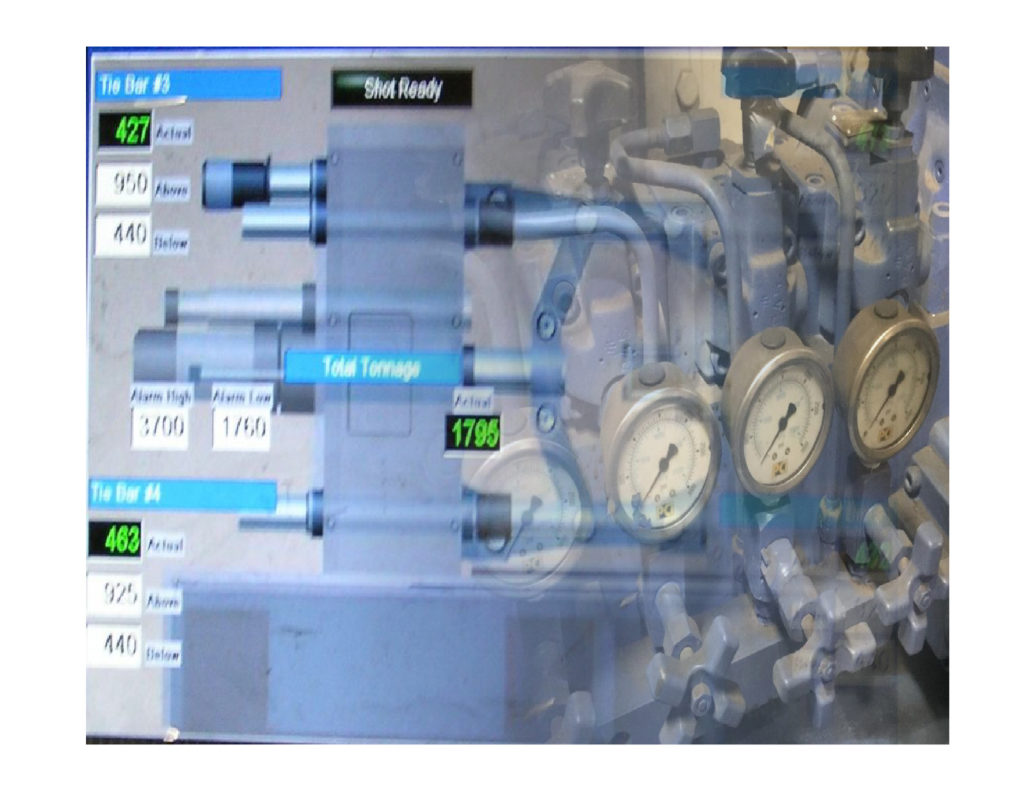
Pressure? Yes there is lots of pressure in die casting. However this post is only slightly aimed at the pressure to make a profit. This post is about choosing an appropriate final metal pressure. Final metal pressure x frontal area determines the size of casting machine required to process a job. This is a bit of a tight rope walk. Smaller tonnage machines cost less to purchase. This translates into a lower manufacturing cost. Larger tonnage machines deliver higher final metal pressure and in many cases lower porosity castings.
Frontal area
Yes it is possible to reduce frontal area by using less common die designs. Three plate dies or gating on top of slides come to mind. For many castings these die constructions enable creating good parts in one size smaller casting machine.
Running fit
And you thought this is about pressure. In aluminum casting the running fit of the shot tip or pressure pin limits the maximum metal pressure. From the machinery handbook, the size of the required gap to accomplish a running fit increases with diameter. Shot tips of 5 inches (127 mm) squirt liquid metal out the running fit gap at about 15,000 psi (1000 bar) The maximum size of H13 pressure pins {40,000 psi – 2700 bar}is 3/4 inch (19mm). No it is not possible to reduce the running fit gap without introducing seizing
Metal pressure
Typical automotive oil tight castings are made using 8000 psi (544 bar) final metal pressure
Freon tight A/C front cover castings have pressure pins that increase final metal pressure to 40,000 psi (2700 bar) in about 1/3 of the casting. The required machine tonnage does not increase because the higher pressure does not occur over the entire frontal area.
Non pressure tight castings such as starter noses only require 5000 psi (340 bar)
Fence post hardware and barbeque lids are made with even lower final metal pressure because only a tight skin is needed.
